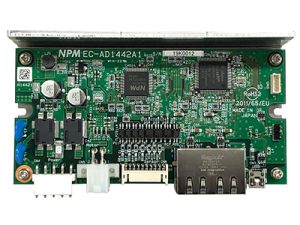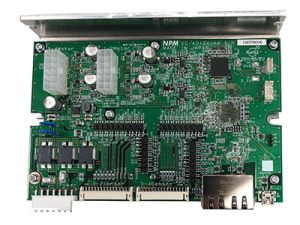Raspberry Pi
Raspberry Pi is a compact single-board computer equipped with an ARM processor. In Japanese, it is referred to as “Razu-pai” as an abbreviation, and is often used for hobbies and prototypes as an inexpensive single-board computer.
In recent years, various companies have started marketing the Raspberry Pi that is stored in an enclosure for an industrial usage, equipped with various interfaces that are not found in common Raspberry Pi, and attached with thermal/runaway controls.
CODESYS
CODESYS is a software PLC that runs on various CPUs and OSs. It has been used in more than 400 PLCs of various companies worldwide. CODESYS's development-environment is compatible with languages such as LD (Ladder Diagram), ST (Structured Text), FBD (Function Block Diagram) and SFC (Sequential Function Chart) that are conforming to the international programming standard for PLC, IEC 61131-3.
It also supports many fieldbuses such as EtherCAT, PROFINET, Ethernet/IP and Modbus TCP.
Stepping motor control via EtherCAT by CODESYS (Raspberry Pi)
Installing the PLC CODESYS software in Raspberry Pi makes it easy to use EtherCAT.
Our EC-AD series with a built-in stepping motor driver is controllable in PP (Profile Position) mode, so they do not use much CPU resource (as low as IO controls). Therefore, you can control EC-AD series sufficiently by Raspberry Pi.
In addition, you can program using ladder programs in CODESYS development environment, so it is easy to develop programs without having to know high-level languages such as C.
We provide free-of-charge library software with CODESYS source codes for EC-AD series. This makes it easy to control a stepping motor via EtherCAT by CODESYS.
* To use Raspberry Pi version of CODESYS, refer to CODESYS licensing terms.

